
History
The fascinating history of Liverpool’s iconic Greatie Market
2 years ago
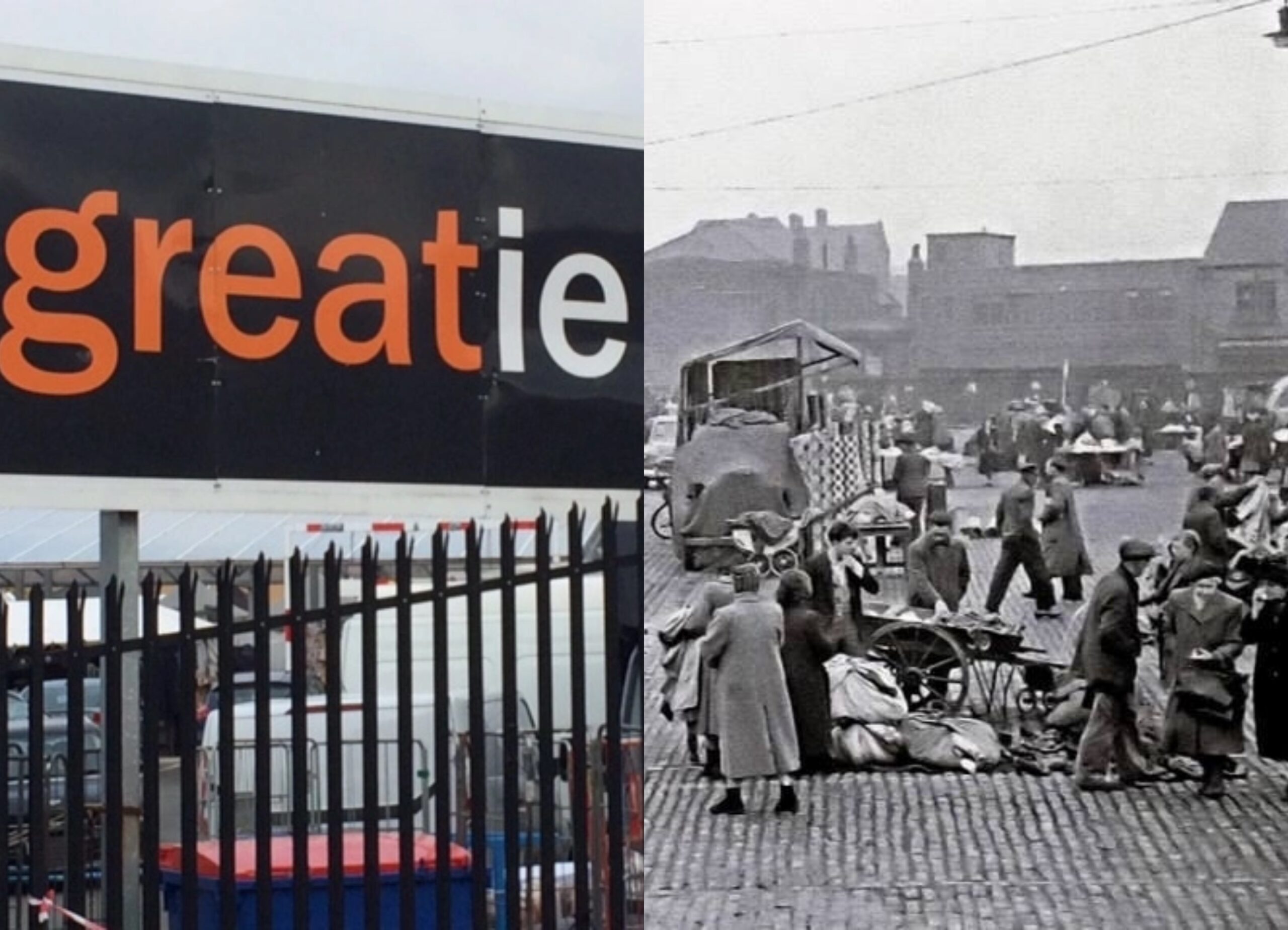
Greatie Market has launched a Christmas Market is open for business and the perfect place to find a festive bargain.
Every Sunday until December 17th, up to 100 traders will be on hand to make sure you have all the Crimbo goodies you need.
Selling everything from decorations, jewellery, homeware, gifts and Christmas essentials, this is the first time in its almost 200-year history that the famous market has opened on a Sunday.
Here’s the lowdown on how the famous Saturday market all began.
The Early Days
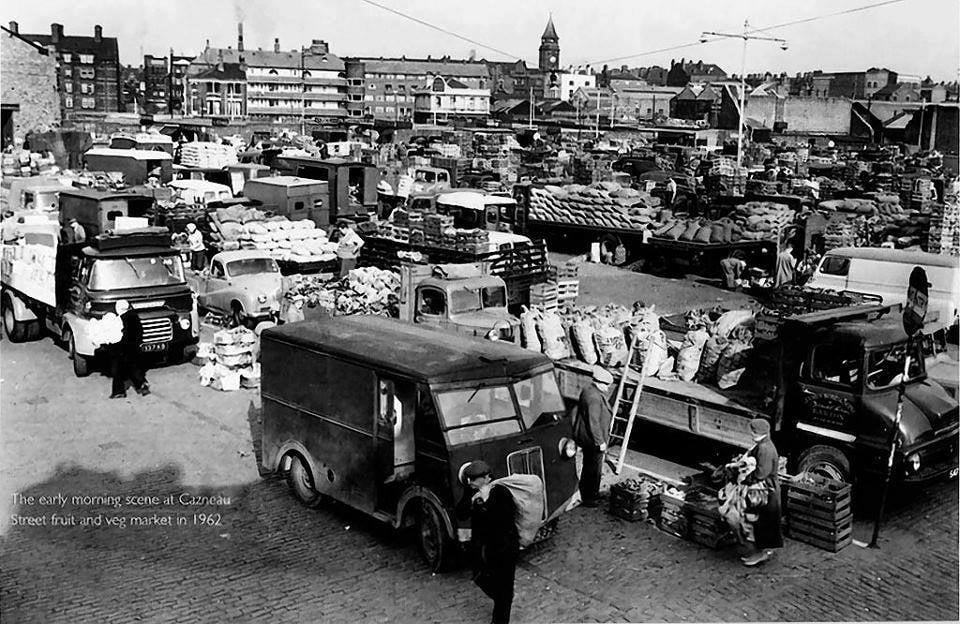
With roots so deep in the city’s history, getting to the bottom of how ‘Greatie’ began is tricky.
Some sources say the market, originally known as St Martin’s, launched in 1826, whilst others claim it was five years later in 1831.
Originally a general market offering vital support to the local community, the first site for Paddy’s Market was not on Great Homer Street but between Bevington Hill and Scotland Road.
Housed in a Doric-style building, the site serviced the needs of the city’s most impoverished people, providing the cheap, accessible goods they needed to survive in North Liverpool.
Not too far away, on Banastre Street, traders of rag and bones and other cast-offs, such as clothing, flourished. Indeed, it’s from this second-hand clothes store called St Patrick’s Bazaar, where ‘Paddy’s Market’ initially took its name.
But as time passed, with supply and demand ever-changing, the traders from Banastre Street were forced to find a new location.
The stall-holders moved to St. Martin’s Market, which took on the name ‘Paddy’s Market’ after the First World War.
This merging of second-hand clothes sellers with vegetable traders from Great Homer Street and crockery, linoleum, fancy goods and toys dealers set the stage for the modern ‘Greatie’ to emerge.
A Family Business
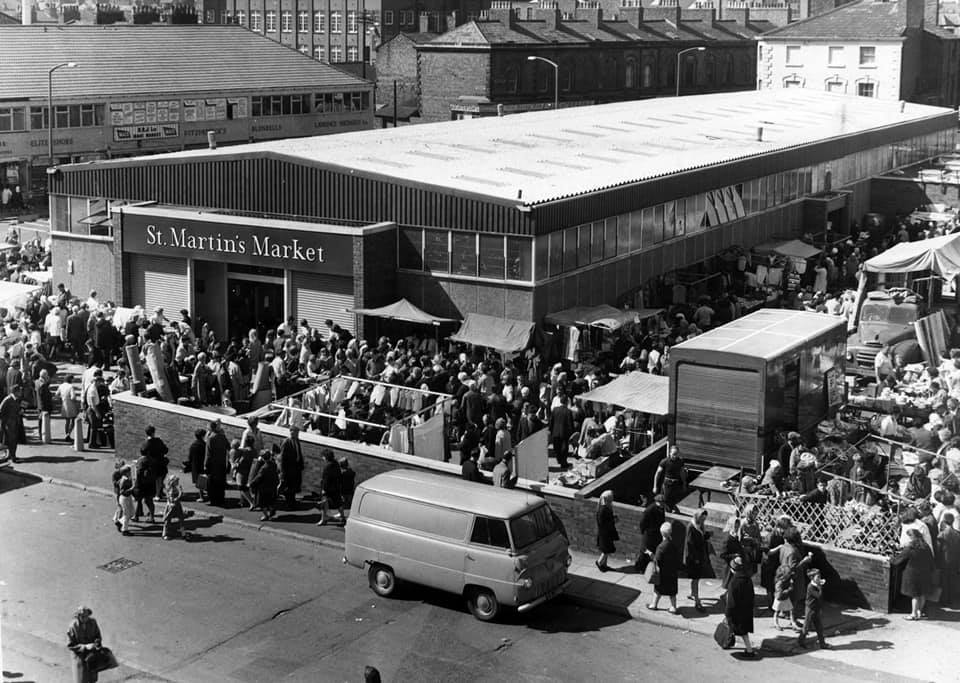
Greatie thrived in Liverpool for decades at St. Martin’s Market, with generations of families working on the stalls every Saturday.
A Saturday institution for thousands, heading to Greatie to be amongst the bustle of stall holders selling their wares, including barrows of fresh fruit and veg, flowers, fish, and the all-important second-hand clothes, was a rite of passage.
There can’t be many Liverpudlians who don’t have memories of being dragged up at the crack of dawn to be first in line for a Greatie bargain.
So popular was the market in the post-war years that John Hargreaves, founder of Matalan, started his career selling seconds from Marks & Spencer on this North Liverpool trading hub.
Cilla Black’s Mum, Cilla White, also made a living at Greatie, as did hundreds of other stall-holders, selling their wares from either inside the Market Hall or outside on Cazneau Street.
Although young Cilla found an alternative career, many stalls were passed from father to son and mother to daughter, with Greatie offering Liverpool entrepreneurs a way to make a living.
The Modern Market
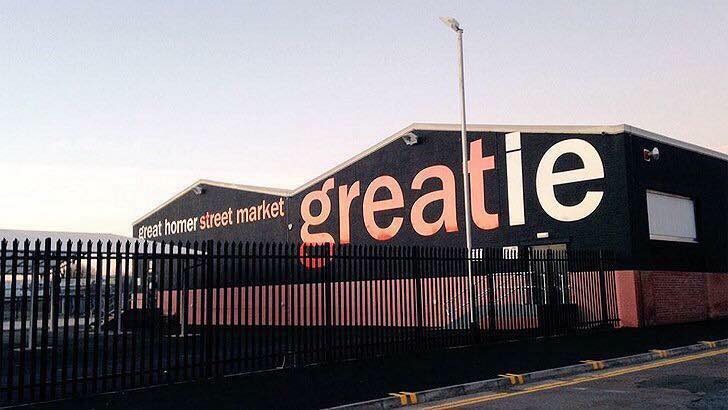
Greatie continued this way until 2014, when the redevelopment of St. Martin’s Market Building saw the market relocate to Dryden Street, a short distance from the original site.
The move, part of the £150m Project Jennifer regeneration programme, was controversial, with traders concerned that the new indoor facility could not accommodate everyone.
However, in true Scouse fashion, the traders have made the new site for Liverpool’s oldest and best-loved market as popular as ever.
Stall-holders are still up bright and early every Saturday morning to serve people from all over who come searching for a bargain.
Just as well. With the cost-of-living crisis showing no signs of slowing down, we need Greatie more than ever.
Here’s to the next 200 years.
Visit the Lost Tribe of Everton website for more fascinating history of Everton and Scotland Road.



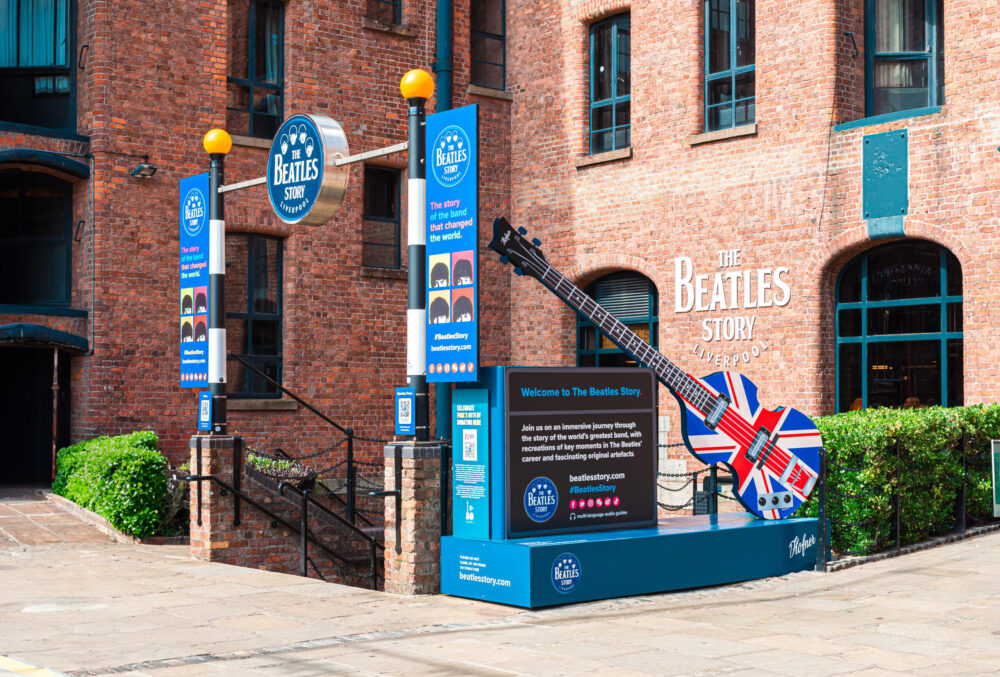
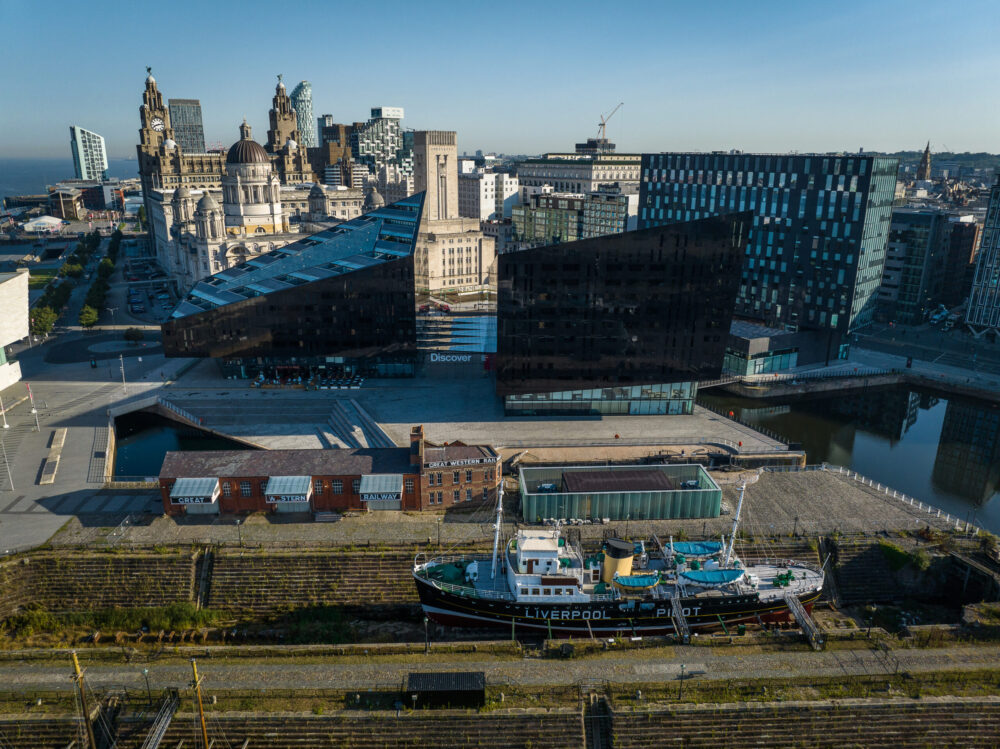
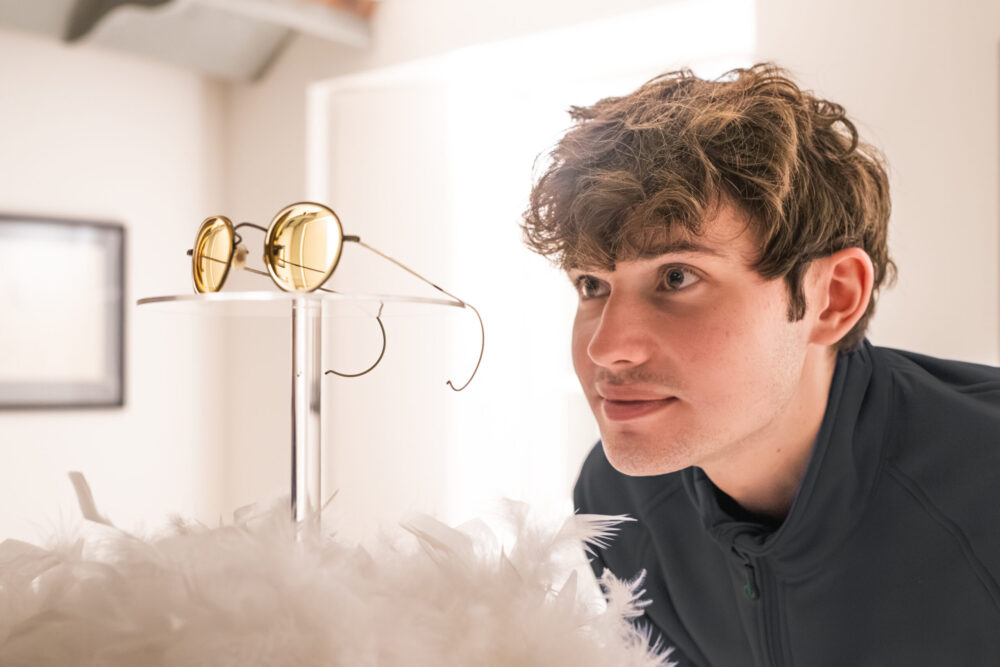
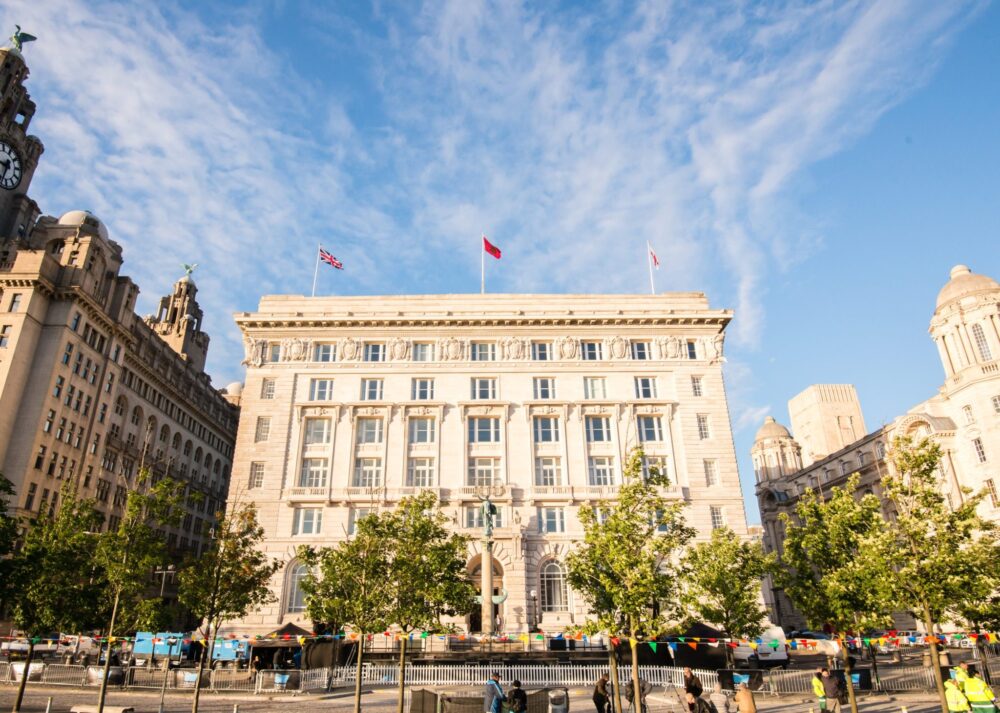
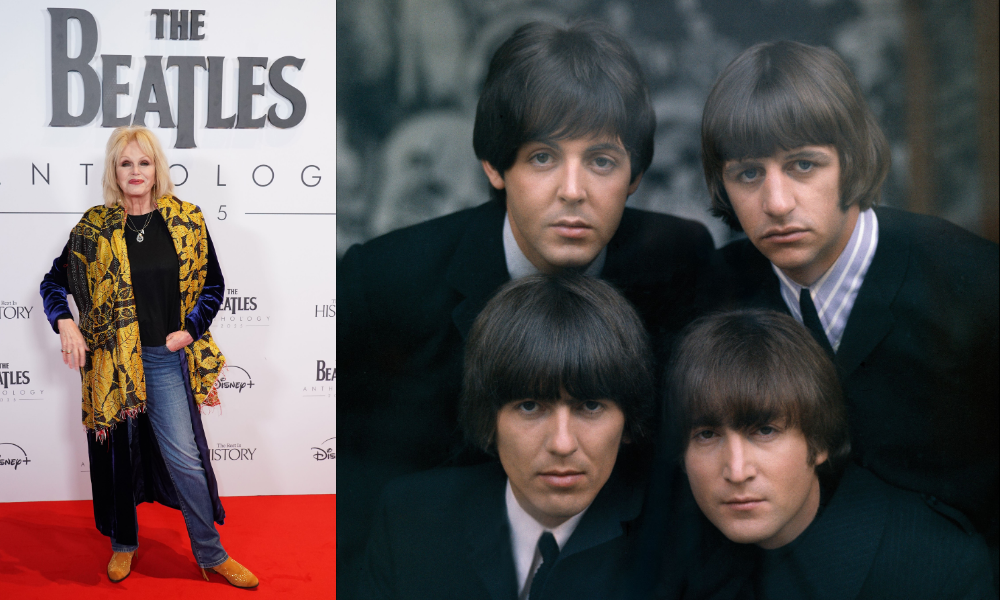
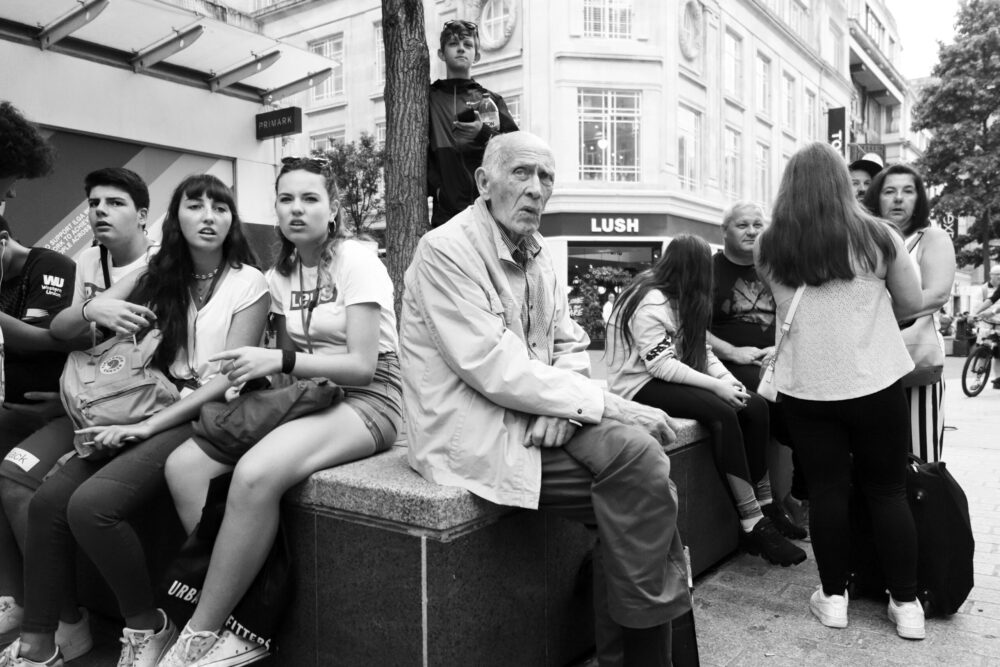
 Subscribe
Subscribe Follow Us
Follow Us Follow Us
Follow Us Follow Us
Follow Us Follow Us
Follow Us Follow Us
Follow Us











